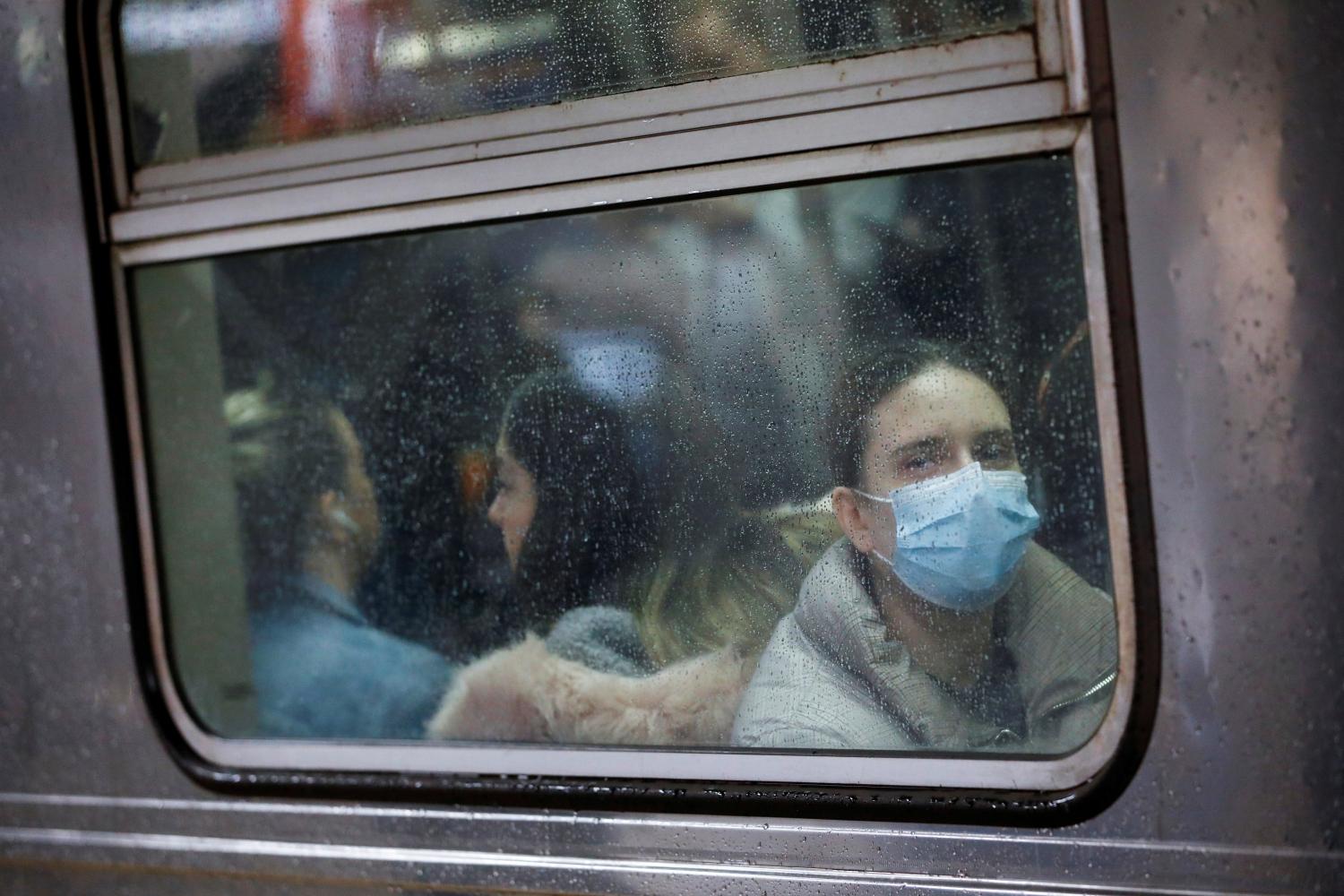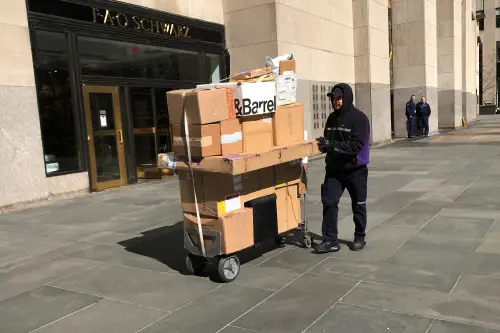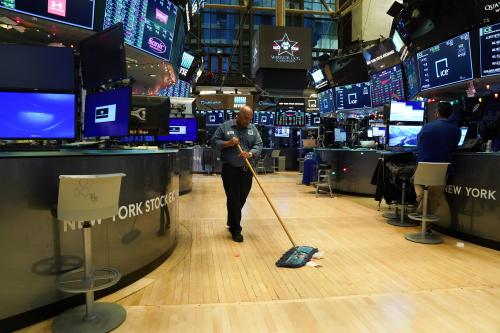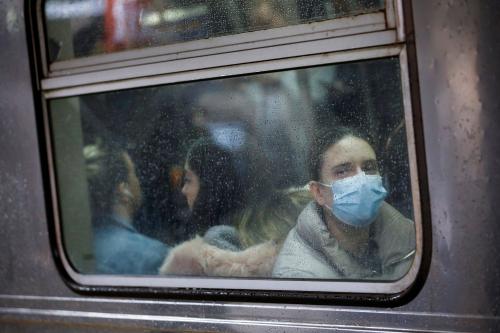The recent economic upheaval caused by the COVID-19 pandemic is unmatched by anything in recent memory. Social distancing has resulted in massive layoffs and furloughs in retail, hospitality, and entertainment, and millions of the affected workers—restaurant servers, cooks, housekeepers, retail clerks, and many others—were already at the bottom of the wage spectrum.
The economic catastrophe of the previous decade, the Great Recession, hit young adults and those with lower levels of education especially hard. As we approach another nationwide recession, we are about to see history repeat itself.
Millions of young adult workers were economically vulnerable before COVID-19
In a pre-pandemic analysis, we identified 53 million low-wage workers in America who earn median hourly earnings of just $10.22. Of these workers, a disproportionate share are young adults ages 18 to 24: 13 million, or 24% of all low-wage workers. These 13 million young adults are especially concentrated in industries that have been shuttered by stay-at-home and social distancing orders, and are likely to experience an outsized share of pandemic-related layoffs.
For some young people (primarily those with a college degree), a low-wage job is a temporary waystation, and they are likely to advance to higher-paying work. Given the importance of education in the labor market, those without college credentials are not so well-situated, and future wage growth for them is much less likely. The current economic crisis may exacerbate these differences in outcomes by education level—job losses are thus far more concentrated among workers without college degrees.
Of the 13 million young adults in low-wage jobs, 7.1 million do not have a college degree (associate or bachelor’s) and are not making any progress toward one as they work. In our pre-pandemic analysis, we referred to this group as “Cluster 1,” and will refer to them as such throughout the remainder of this brief.
The 7.1 million young adults in Cluster 1 are employed most commonly in occupations such as retail sales, cooks, or servers. The majority are male (57%) and it is a racially diverse group: 51% are white, 27% are Latino or Hispanic, 16% are Black, and 2% are Asian American. They have median hourly wages of $8.55 and median annual earnings of $12,700.
Nearly half (47%) of all workers in Cluster 1 work full-time year-round, and they report median annual earnings of about $21,000—considerably higher than those working fewer hours, but still a low sum to cover living expenses.

The majority (54%) of Cluster 1 report that a high school diploma is their highest level of education, and another third have attended college or training but did not earn a degree. A portion of this “some college” group may have completed a nondegree credential, but the majority likely did not. Without a credential, most are unlikely to see an economic payoff for their time spent in school and are more likely to default on school-related debt than their peers who completed a degree.

Thirty-one percent of workers in Cluster 1 receive safety net assistance (SSI, public assistance income, SNAP, or Medicaid) and about half (48%) live below 200% of the federal poverty line, a common threshold used to identify the working poor. A little over half (54%) are still living with a parent, but one in five are the sole wage earner in their family. Only one-third are secondary earners, defined here as living in a family in which at least one member works and earns moderate to high wages.
Nearly half of low-wage young adults without a college degree work in sectors immediately impacted by COVID-19
A number of industries have rapidly lost jobs due to social distancing measures, travel restrictions, and related government actions in response to COVID-19. These immediate-risk industries were compiled in previous Brookings analyses and include retail, passenger transportation, arts and entertainment, accommodation, restaurants and bars, and a variety of other personal services. (Refer to the appendix for a full list of immediate-risk industries.)
Forty-six percent of workers in Cluster 1 are in immediate-risk industries, compared to 23% of all U.S. workers. Another 20% of these young workers are in near-term risk industries. Near-term risk industries—including construction, some manufacturing, and real estate—are less immediately impacted than retail and restaurants, but have started to see layoffs in recent weeks.
 To learn more about the characteristics and risk exposure of Cluster 1 in your metro area, please refer to the data appendix.
To learn more about the characteristics and risk exposure of Cluster 1 in your metro area, please refer to the data appendix.
The next federal relief package should include a massive jobs program
Young people typically have unemployment rates much higher than those of prime-age workers. Given that the current unemployment rate is estimated to be at least 20%, unemployment rates among young people are likely to be staggeringly high. Moreover, at all ages, unemployment is higher among those with lower levels of education—another strike against the young adults in Cluster 1.
Massive unemployment requires a proportionate response, and any future COVID-19 relief legislation should include a large-scale, federally funded employment initiative. Given the extent of the job losses and the likelihood of an economic depression, we should aim to employ millions of people, and authorize such a program for at least three years.
Looking only at less-educated young adults, it’s likely that more than 3 million are recently out of work. And that is only a fraction of the newly unemployed, based on the record number of unemployment claims—30 million—filed in the past six weeks.
We don’t know when the private sector will start hiring again, but in the meantime, tens of millions of people have bills to pay and mouths to feed. They can’t wait. The CARES Act’s expansions to unemployment insurance and the $1,200 one-time stimulus payment were good initial steps, but they are not enough.
A federal jobs initiative should encompass various approaches. It should target a wide range of people, including those at the end of the labor market queue: the last-hired/first-fired workers who typically have less experience and lower levels of education. It should also reach those who ordinarily would not have much trouble finding employment, because even the most qualified candidates will not be able to find a job when there is little demand for workers.
The jobs initiative should also explicitly target young people, such as those in Cluster 1, who are often at the back of the line of job candidates. People in their early 20s are at the beginning of their careers, and early unemployment can have lasting negative consequences. Work begets work.
To reach young people and provide them with the skills and supports to prepare them for a successful career, we could dramatically expand YouthBuild, service and conservation corps, or AmeriCorps. There are already two active legislative proposals to expand AmeriCorps: the Pandemic Response and Opportunity Through National Service Act and the UNITE Act of 2020. (Support for AmeriCorps, however, does not eliminate the need for other programs targeted at young adults, since it is only one model and not necessarily the best fit for all young people.)
Age-agnostic approaches could include subsidized employment in direct aid to states (as was done in 2009’s Recovery Act) or in any future expansions of the Workforce Innovation and Opportunity Act, as has been suggested by Heather Boushey and the Heartland Alliance. The programs could place subsidized workers at nonprofits and businesses, as well as directly employ people in the public sector; for example, in emergency response, public works, and infrastructure jobs.
A federal initiative could also place workers in jobs that aid the COVID-19 relief effort, such as contact tracing, making and distributing personal protective equipment, organizing food drives, and delivering groceries to those who are home-bound. They could pursue projects that focus on other community needs, such as providing computer equipment and digital skills training to address the digital divide so clearly highlighted in the stay-at-home era. Of course, any of these employment opportunities should be safe, allowing for adequate social distancing as well as any necessary personal protective equipment.
Reaching millions of people over several years will require hundreds of billions of dollars. We must not flinch at the price tag. We should calibrate our response to the scale of the problem, and not use the size of existing employment-related funding streams as the benchmark. Providing a chance at employment and preventing economic disaster for workers is just as important as—and could be a complement to—the relief for businesses in previous legislation. America’s young workers are a worthy investment, and we would reap the benefits for years to come.
The Brookings Institution is committed to quality, independence, and impact.
We are supported by a diverse array of funders. In line with our values and policies, each Brookings publication represents the sole views of its author(s).








